- Nephrology Segment
- Kidney / Liver Care
- Anti Cancer
- Altus Product's
- Pharmaceutical Products
- Anti Fungal
- Hepatitis
- Beauty & Skin Care
- Asthma
- Modafinil
- Urology Segment
- Thyroid Care
- Armodafinil
- HIV Medicines
- Weight Loss
- Naltrexone
- Anti Emetic
- Neuropathic Pain
- Mens Health
- Hair Loss
- Pain Relief
- HCG Injections
- Quit Smoking
- Pharmaceutical Vaccine
- Best Selling Products
- Anti Viral
- Bimatoprost
- Antibiotics
- Women's Health
- Cetaphil
- Botulinum
- Diabetes
- Human Albumin
- Anti Malarial
- Dermal fillers
- Chemical Peels
- Anti-Cancer
- Armodafinil
- Bimatoprost
- Botulinum
- Dermal Fillers
- Hepatitis
- Mens-health
- Modafinil
- Naltrexone
- ANTI EMETIC
- Altus Product’s
- Anti Fungal
- Anti Malarial
- Anti Viral
- Antibiotics
- Asthma
- Beauty & Skin Care
- Cetaphil
- Chemical Peels
- Diabetes
- Hair Loss
- HCG Injections
- HIV Medicines
- Human Albumin
- Kidney / Liver Care
- Neuropathic Pain
- Pain Relief
- Pharmaceutical Products
- Pharmaceutical Vaccine
- Quit Smoking
- Thyroid Care
- Weight Loss
- Women’s Health
- Nephrology Segment
- Kidney / Liver Care
- Anti Cancer
- Altus Product's
- Pharmaceutical Products
- Anti Fungal
- Hepatitis
- Beauty & Skin Care
- Asthma
- Modafinil
- Urology Segment
- Thyroid Care
- Armodafinil
- HIV Medicines
- Weight Loss
- Naltrexone
- Anti Emetic
- Neuropathic Pain
- Mens Health
- Hair Loss
- Pain Relief
- HCG Injections
- Quit Smoking
- Pharmaceutical Vaccine
- Best Selling Products
- Anti Viral
- Bimatoprost
- Antibiotics
- Women's Health
- Cetaphil
- Botulinum
- Diabetes
- Human Albumin
- Anti Malarial
- Dermal fillers
- Chemical Peels
No products in the cart.
Return To Shop$43.59 – $96.15Price range: $43.59 through $96.15
Triglynase 2 Tablet Glimepiride 2mg-Metformin 500mg-Pioglitazone 15mg
Triglynase 2 Tablet SR is a combination medicine that helps control blood sugar levels. This medicine is used together with diet and exercise to improve blood sugar control in adults with type 2 diabetes mellitus. It helps in proper utilisation of insulin, thereby lowering the blood sugar levels.
Have questions?
Call : +91 9002 1002 33
Triglynase 2 Tablet (Glimepiride 2mg / Metformin 500mg / Pioglitazone 15mg)
| COUNTRY OF ORIGIN | India |
|---|---|
| DOSAGE FORM | Tablets |
| GENERIC NAME | Glimepiride |
| INDICATION | Treatment of Type 2 diabetes mellitus |
| PACKAGING | 10 tablets in 1 strip |
| MANUFACTURER | USV Ltd |
| COMPOSITION | Glimepiride (2mg) + Metformin (500mg) + Pioglitazone (15mg) |
PRODUCT INTRODUCTION
Triglynase 2 Tablet SR is a combination medicine that helps control blood sugar levels. This medicine is used together with diet and exercise to improve blood sugar control in adults with type 2 diabetes mellitus. It helps in proper utilisation of insulin, thereby lowering the blood sugar levels.
Triglynase 2 Tablet SR should be taken in the dose and duration as advised by your doctor. It must be taken with food to avoid stomach upset. If you miss a dose, take it as soon as possible. However, if it is almost time for your next dose, skip the missed dose and go back to your regular schedule. Do not double the dose. Overdose may lead to low blood sugar (hypoglycemia).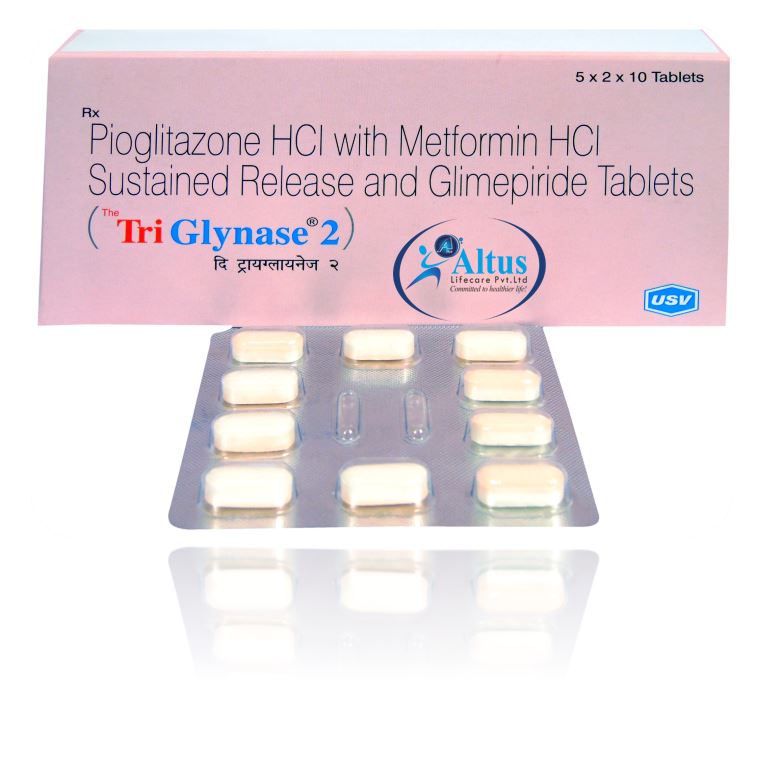
Some people may develop hypoglycemia (low blood sugar level) when this medicine is taken along with other antidiabetic medicines, alcohol or upon skipping a meal. Monitor your blood sugar levels regularly while taking it. Other common side effects of this medicine include nausea, taste changes, diarrhea, stomach pain, headache, edema (swelling), blurred vision, bone fracture, and respiratory tract infection.
Before taking this medicine, inform your doctor if you have any kidney, liver or heart problems. Pregnant or breastfeeding women should also consult their doctor before taking it. Your doctor will check your kidney function tests before starting treatment with it. Avoid excessive alcohol intake while taking it as this may increase the risk of developing some side effects.
Triplet Therapy Triumph: Balancing Blood Sugar with Glimepiride 2mg, Metformin 500mg, and Pioglitazone 15mg
Combining the strengths of Glimepiride, Metformin, and Pioglitazone forms a powerful trio in the management of type 2 diabetes. Glimepiride, a sulfonylurea, stimulates insulin release from the pancreas, Metformin enhances insulin sensitivity and reduces liver glucose production, while Pioglitazone improves insulin utilization by peripheral tissues. This synergistic approach addresses multiple facets of glucose regulation, providing a comprehensive strategy for individuals struggling to control their blood sugar levels. The combined therapy aims to achieve better glycemic control and may be recommended when single or dual-agent therapies prove insufficient. As with any diabetes management plan, regular monitoring and consultation with healthcare professionals are vital to ensure effectiveness and minimize potential side effects.
Unveiling the Triple Action: Glimepiride 2mg, Metformin 500mg, and Pioglitazone 15mg in Type 2 Diabetes
In the intricate landscape of type 2 diabetes treatment, the combination of Glimepiride, Metformin, and Pioglitazone unveils a three-pronged approach to glucose regulation. Glimepiride’s role in stimulating insulin secretion, coupled with Metformin’s ability to improve insulin sensitivity and Pioglitazone’s impact on peripheral insulin utilization, results in a comprehensive therapeutic strategy. This triple combination is often considered when a nuanced and multi-faceted approach is necessary for achieving optimal blood sugar control. While each component plays a distinct role, their collective synergy provides a more robust response to the complexities of diabetes, offering patients a potential pathway to improved metabolic stability and enhanced overall well-being. Regular medical supervision is essential to tailor this combination to individual needs and monitor its effectiveness.
Revolutionary Trio: Embracing the Power of Glimepiride Metformin Pioglitazone
Indicates that these three medications are revolutionary in their impact, and the heading encourages embracing their combined power.
Charting Progress: A Closer Look at Glimepiride Metformin Pioglitazone Therapies
Suggests exploring and examining the therapeutic progress achieved with the use of Glimepiride, Metformin, and Pioglitazone.
Signs and Symptoms of Type 2 Diabetes Mellitus: Interpreting Metabolic Disturbances Early
Delve into the early interpretation of metabolic disturbances associated with Type 2 Diabetes Mellitus. Explore how recognizing these disturbances in the initial stages contributes to proactive health measures and prevention.
“Meds for Diabetes Mellitus Type 2: A Holistic Approach to Medication Mastery”
Embrace a holistic approach to medication mastery in the context of Type 2 Diabetes. This guide explores how mastering medications involves considering the whole person, incorporating lifestyle factors, mental well-being, and individual preferences for a well-rounded and holistic approach to health.
Medications for Diabetes Mellitus Type 2: Medication Reviews and Consultations
– Regular reviews and consultations with healthcare providers are essential for effective diabetes management. This blog will discuss the importance of medication reviews and consultations, highlighting how these practices contribute to individualized and optimal treatment plans.
Treatment of Type 2 Diabetes Mellitus: Advancements in Nanotechnology for Diabetes Drug Delivery
Highlighting technological innovations, this section explores advancements in nanotechnology for diabetes drug delivery in the treatment of Type 2 Diabetes Mellitus. By enhancing drug stability and targeting, nanotechnology holds the potential to improve the efficiency and precision of diabetes therapeutics.
Scripting Well-being: Drug for Diabetes Mellitus Type 2 Chronicle
Chronicling the drug’s role in scripting narratives of well-being, this examination explores how it contributes to positive health chronicles for individuals with Diabetes Mellitus Type 2.
Diabetes Mellitus Medications: Comprehensive Medication Choices for Improved Living
Delve into a comprehensive array of medication choices designed to improve living with diabetes. This guide explores various options, allowing individuals to tailor their medication regimen to suit their unique needs for enhanced living.
DM Type 2 Medications: Medication Insights for Better Diabetes Management
Explore valuable insights into medications aimed at enhancing the management of diabetes in individuals with Type 2 Diabetes. Understand how these insights contribute to improved blood sugar control and overall diabetes management.
USES OF TRIGLYNASE TABLET SR
- Treatment of Type 2 diabetes mellitus
BENEFITS OF TRIGLYNASE TABLET SR
In Treatment of Type 2 diabetes mellitus
Lowering blood glucose levels is an essential part of managing diabetes. If you can control the level you will reduce the risk of getting any of the serious complications of diabetes such as kidney damage, eye damage, nerve problems, and loss of limbs. Taking this medicine regularly along with proper diet and exercise will help you live a normal, healthy life.
SIDE EFFECTS OF TRIGLYNASE TABLET SR
Common side effects of Triglynase
- Hypoglycemia (low blood glucose level)
- Dizziness
- Headache
- Nausea
- Vomiting
- Diarrhea
- Flatulence
- Bronchitis (inflammation of the airways)
- Anemia (low number of red blood cells)
- Edema (swelling)
HOW TO USE TRIGLYNASE TABLET SR
HOW TRIGLYNASE TABLET SR WORKS
SAFETY ADVICE

Alcohol

Pregnancy

Breast feeding

Driving

Kidney
Use of Triglynase-2 Tablet SR is, however, not recommended in patients with severe kidney disease. Regular monitoring of kidney function test is advisable while you are taking this medicine.

Liver
Use of Triglynase 2-Tablet SR is not recommended in patients with severe liver disease.
WHAT IF YOU FORGET TO TAKE TRIGLYNASE TABLET SR?
| Pack Size | 200 Tablet/s, 300 Tablet/s, 400 Tablet/s, 500 Tablet/s |
|---|
3 reviews for Triglynase 2 Tablet
Related products
Alphalan Tablets (Melphalan)
From: $74.03Velasof Tablet | Sofosbuvir | Velpatasvir
From: $179.49Cytosar Injection (Cytarabine)
From: $57.14Sofab LP Tablet | Ledipasvir | Sofosbuvir
From: $256.41Hepcvel Tablet | Sofosbuvir 400mg | Velpatasvir 100mg
From: $205.13Decarb 500 Injection (Dacarbazine)
From: $171.43Alkeran 2mg Tablets (Melphalan 2mg)
From: $21.27People also bought
-

Benoquin 40 Cream | Monobenzone 40%
From: $154.77 -
 From: $38.38
From: $38.38 -
 From: $40.05
From: $40.05 -

Aziderm 10% Cream 15gm | Azelaic Acid 10%
From: $39.26
Our Services
Shipping
Shipping at Discounted Price
Money Returns
Return Within 30 Days
Secure Payment
Safe & Secure Payment
Support 24/7
Contact 24 Hours Day
From: $41.03

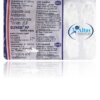
From: $24.36
- Anti-Cancer
- Armodafinil
- Bimatoprost
- Botulinum
- Dermal Fillers
- Hepatitis
- Mens-health
- Modafinil
- Naltrexone
- ANTI EMETIC
- Altus Product’s
- Anti Fungal
- Anti Malarial
- Anti Viral
- Antibiotics
- Asthma
- Beauty & Skin Care
- Cetaphil
- Chemical Peels
- Diabetes
- Hair Loss
- HCG Injections
- HIV Medicines
- Human Albumin
- Kidney / Liver Care
- Neuropathic Pain
- Pain Relief
- Pharmaceutical Products
- Pharmaceutical Vaccine
- Quit Smoking
- Thyroid Care
- Weight Loss
- Women’s Health

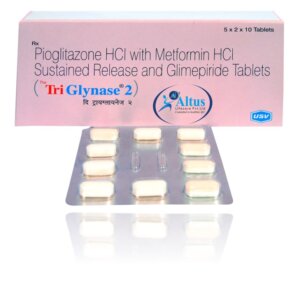
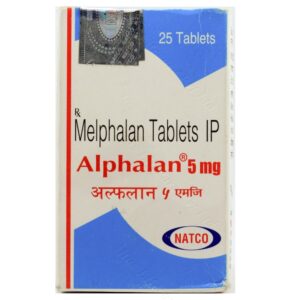
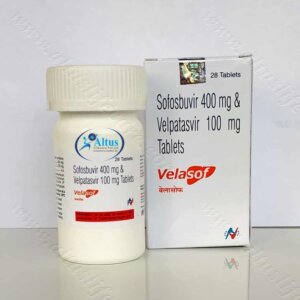
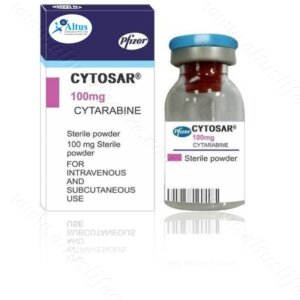
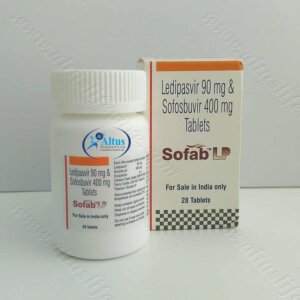
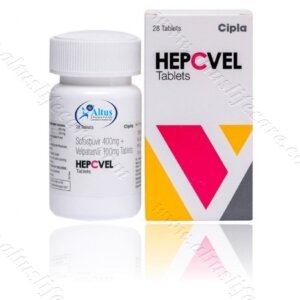
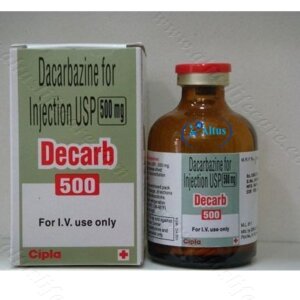
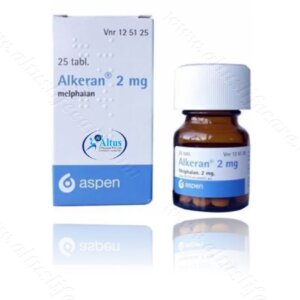


Adelyn (verified owner) –
I’ve discovered the importance of maintaining a positive dialogue with my healthcare team, fostering collaboration and open communication.
Xiomara (verified owner) –
“The product quality is top-notch, and the shipping was speedy!”
Shirley (verified owner) –
“The packaging was secure and ensured that the product arrived without any damage. The quality is exceptional!”